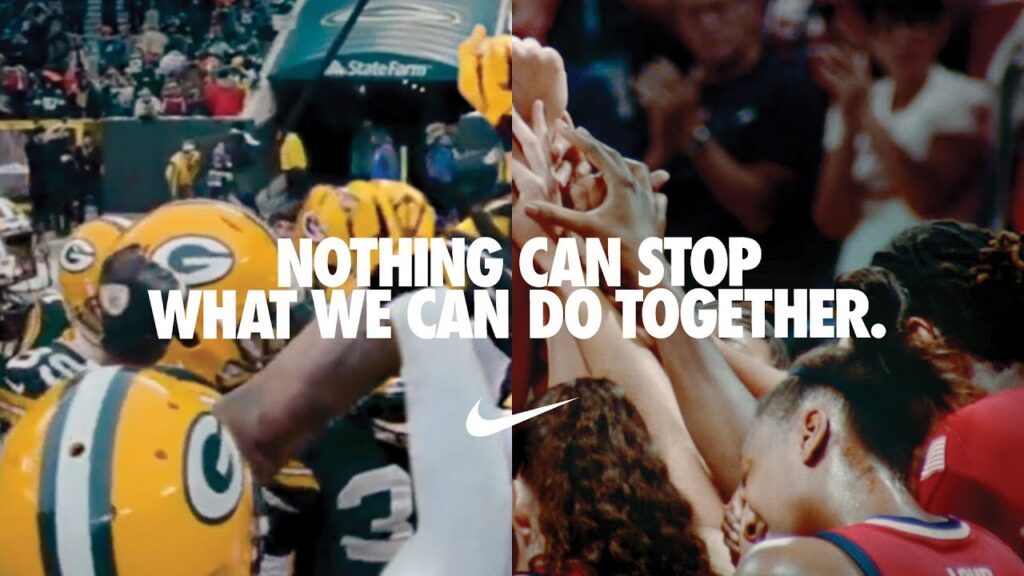Introduction.
Your brand’s tone of voice should feel like a familiar character – consistent, recognisable, and uniquely yours. But just like people adjust how they speak depending on where they are and who they’re talking to, brands need to flex their tone to suit different contexts.
The key is adaptability, not inconsistency. A strong brand voice stays rooted in character but adjusts expression to connect meaningfully in each channel.
Core principle: Character stays fixed. Tone flexes.
Think of tone of voice like a wardrobe: the same personality dressed for different occasions. The identity never changes, but the expression evolves to fit the setting.
Step 1: Anchor in character.
Start by defining your brand’s core character – the qualities that stay constant in everything you write. This isn’t about tone yet, it’s about essence.
For example, Monzo’s writing is built on “straightforward kindness.” Whether they’re being playful, serious, or formal, that character shows up in every message.
Questions to ask:
- What values or behaviours define our voice, regardless of tone?
- What should people feel when they read our writing?
Step 2: Understand channel purpose.
Each channel comes with its own context and reader expectations. You’re still the same brand – but the way you show up should reflect the environment.
Rather than prescribing specific tones for each channel, think about what your audience needs from you in that space.
Channel
Website
Social Media
Customer Service
Legal/HR
Audience Expectation
Clarity, credibility
Engagement, personality
Varies by type
Help, empathy
Clarity, professionalism
Your Tone Should
Reassure, inform, build trust
Spark connection, entertain, stay human
Adapt – warm, direct or reassuring
Be calm, clear and kind
Stay respectful, readable and in character
Step 3: flex tone, don’t replace it.
Tone flexibility is about adjusting expression – not inventing a whole new voice.
You’re not becoming a different brand in each channel. You’re the same brand, showing up appropriately for the moment.
Example – Monzo and “Straightforward Kindness”:
- Website: Explains complex banking in friendly, accessible language.
- Social Media: Leans into warm wit and relatability without losing clarity.
- Emails: Stays upbeat for promotional messages and calm for alerts.
- Customer Support: Focuses on reassurance and helpfulness, even in tense situations.
Ask yourself:
How would our brand naturally speak in this setting, without compromising our identity?
Step 4: Test consistency with examples.
A great way to check for tone alignment is to write the same message for different channels – using the same brand character, but adjusting for context.
Scenario: Fraud Alert
Brand Character: Reassuring, transparent, friendly
- Customer Service Message:
“We’ve spotted something unusual – don’t worry, we’re on it. Let us know if you didn’t make this transaction.”
Tone: Calm, supportive, clear - Blog Post (Website/Social):
“Money stuff doesn’t have to be scary. Here’s how to protect yourself with just a few quick steps.”
Tone: Warm, helpful, engaging
Both feel like the same brand – just tuned to fit the channel.
Step 5: Final checks before publishing.
Before you hit send or publish, run your content through this simple checklist:
- Is our brand character still recognisable?
- Does the tone suit the audience and channel?
- Are we prioritising clarity, inclusivity, and empathy?
- Would someone familiar with our brand know this is from us – even if it’s more formal or playful than usual?
Takeaway.
Great marketing doesn’t just tell people what you do – it makes them feel something worth remembering. When brands harness storytelling authentically, they move from delivering messages to creating meaning. And meaning is what inspires action.




